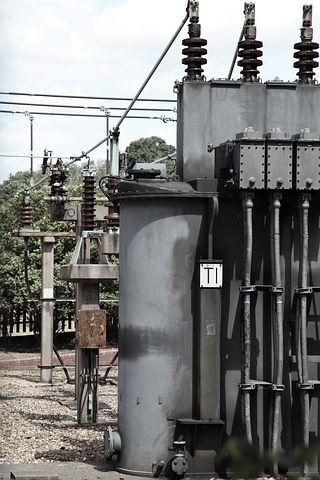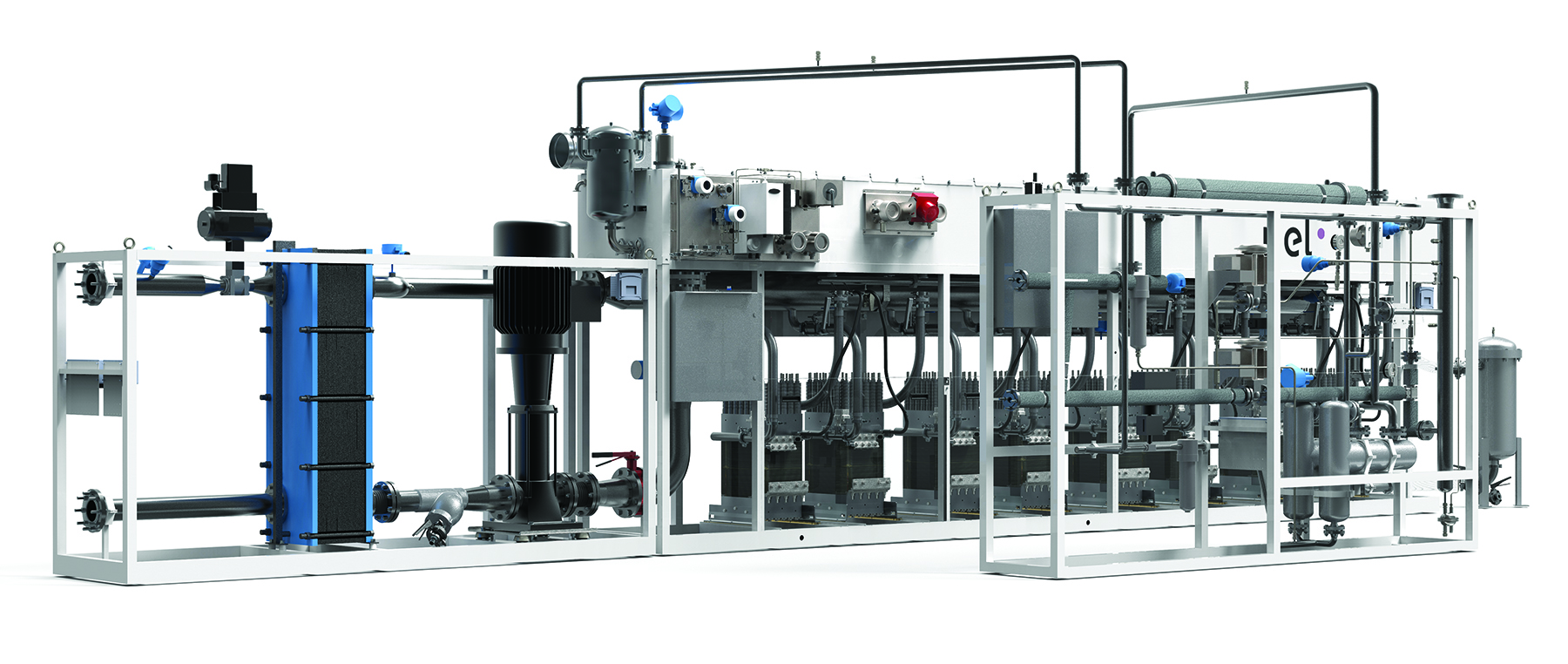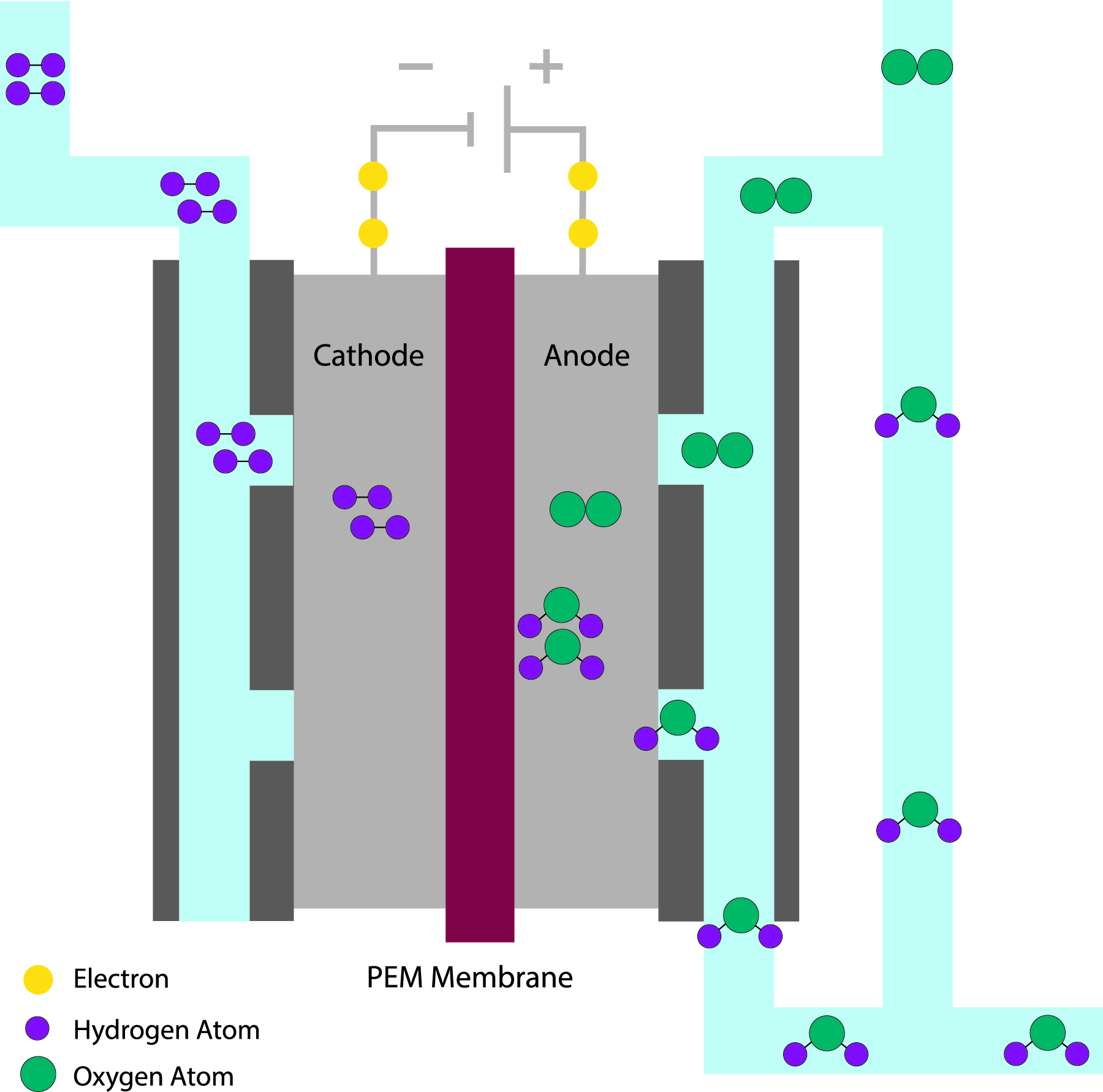Hydrogen Electrolysis as a Viable Solution for Large Scale Renewable Energy Storage
 The global demand for power is increasing. This has caused power grids, energy resources, and the environment to face a variety of challenges that often result in high levels of pollution, greenhouse gas emissions and elevated indirect costs on society. Renewable energy is a viable option to meet the world's ever-increasing demands for energy while combatting greenhouse gas emissions. However, employing solar and wind to generate clean energy on a utility scale doesn't come without caveats.
The global demand for power is increasing. This has caused power grids, energy resources, and the environment to face a variety of challenges that often result in high levels of pollution, greenhouse gas emissions and elevated indirect costs on society. Renewable energy is a viable option to meet the world's ever-increasing demands for energy while combatting greenhouse gas emissions. However, employing solar and wind to generate clean energy on a utility scale doesn't come without caveats.
Potential investors in renewable energy assets look for two things: capital cost, and return on investment (ROI). From a financing perspective, dealing with renewables can prove difficult due to their natural variability; a fluctuating income stream can make it difficult to predict the ROI. For example, if energy demand is high but there is a lack of wind at a wind farm, or cloudy weather that hinders photovoltaic panels from generating energy, local supply suffers. These inconsistencies can be intimidating to stakeholders. Conversely, renewable energy may be wasted if the highest output is produced during lowest periods of demand. Whichever the case, it is critical that stakeholders identify the proper tools to leverage the full potential of renewable assets. Having a scalable, cost-effective solution to storing power will help yield higher returns for renewable energy producers. Many stakeholders are turning to one reliable method for both generating and storing energy - hydrogen.
Why Hydrogen?
Hydrogen generated from renewable assets is referred to as "green hydrogen." Green hydrogen can be generated and stored in times of low demand, and utilized in periods of peak demand. This flexibility yields predictable and consistent energy figures for stakeholders, essentially acting to fill gaps, meet supply and demand mismatch, and balance the grid. Hydrogen can be stored in high or low-pressure tanks, in large volumes, indefinitely and without any energy "leakage", as compared to a battery. Hydrogen energy storage infrastructure is extremely scalable; it can utilize the existing natural gas grid, or even natural underground caverns. Hydrogen's ability to store large amounts of energy for long periods of time enables seasonal energy storage, which gives it a significant advantage over battery storage. Furthermore, green hydrogen is becoming increasingly valued in the marketplace, as corporation's search for broader solutions to meet their sustainability goals and automotive OEM's embrace the transition to low/no carbon fuels.

It's also important to note that hydrogen energy storage costs more than 50 percent less, compared to battery storage systems - primarily due to the limited life expectancy of batteries. Additionally, batteries that cannot be recycled create other cost and pollution issues.
Three Ingredients for Hydrogen Energy Storage
Advances in hydrogen generation technology have made it possible to store renewable energy produced by wind, solar, or hydroelectric power, in the form of pressurized gas.
- Proton Exchange Membrane (PEM) electrolysis is the enabler that makes this possible. PEM electrolyzers utilize an advanced membrane technology and electricity to split water into hydrogen and oxygen. PEM electrolysis has the capability to closely match the variability of wind and solar assets. PEM electrolysis offers a wide dynamic operating range, efficiently generating hydrogen gas over a broad capacity range, ensuring that available energy is not wasted. PEM electrolyzers can also rapidly start up and shutdown operation, which allows renewable energy assets to generate hydrogen efficiently in periods of either peak electric generation or low demand. In addition, the battery-like rapid response of the PEM electrolyzer makes it capable of providing grid ancillary services, such as voltage or frequency regulation. These services can provide additional value streams for the investor, further improving the project ROI.

- A hydrogen energy storage solution requires a method of storing the hydrogen. In addition to using traditional methods, such as low or high-pressure tanks, the hydrogen generated by the renewable energy assets can also be used in non-traditional ways, such as distribution via a gas pipeline or truck, sold for hydrogen fueling, or used directly for industrial applications.
- Electricity generation is the final ingredient in most hydrogen energy storage solutions. The stored hydrogen can be transformed back into electricity via a gas turbine, internal combustion engine, or fuel cell.
Energy storage is a hot topic in the renewable energy field, but batteries alone will not be a viable long-term solution for large scale energy storage. Battery energy storage can relieve smaller short-term problems in managing power supply, but there will be extended periods of high demand or low supply, where batteries cannot meet the energy requirements. Hydrogen energy storage is an excellent solution for large scale long term energy storage. This technology will not only enable more investment in renewable energy assets, but increase stakeholders' return on investment. Hydrogen could be the key to a 100 percent green energy future.
Everett Anderson has more than 30 years of R&D experience in hydrogen and fuel cells. Currently serving as VP of Business Development, he is in charge of identifying and quantifying new opportunities in the emerging markets for hydrogen. His primary focus is on hydrogen energy applications and Proton's M Series megawatt-scale hydrogen generator. Mr. Anderson joined Proton in 2000 and has served previous positions as Research Manager, Research Director, Director of Process and Materials Development and Vice President of Electrochemical Technology. Mr. Anderson holds a Bachelors' Degree in Chemistry from the University of Vermont, an MBA in Management from Bentley University, and has been granted 6 U.S. patents.
Proton On Site | www.protononsite.com
Nel Hydrogen | www.nelhydrogen.com
Volume: 2018 January/February












